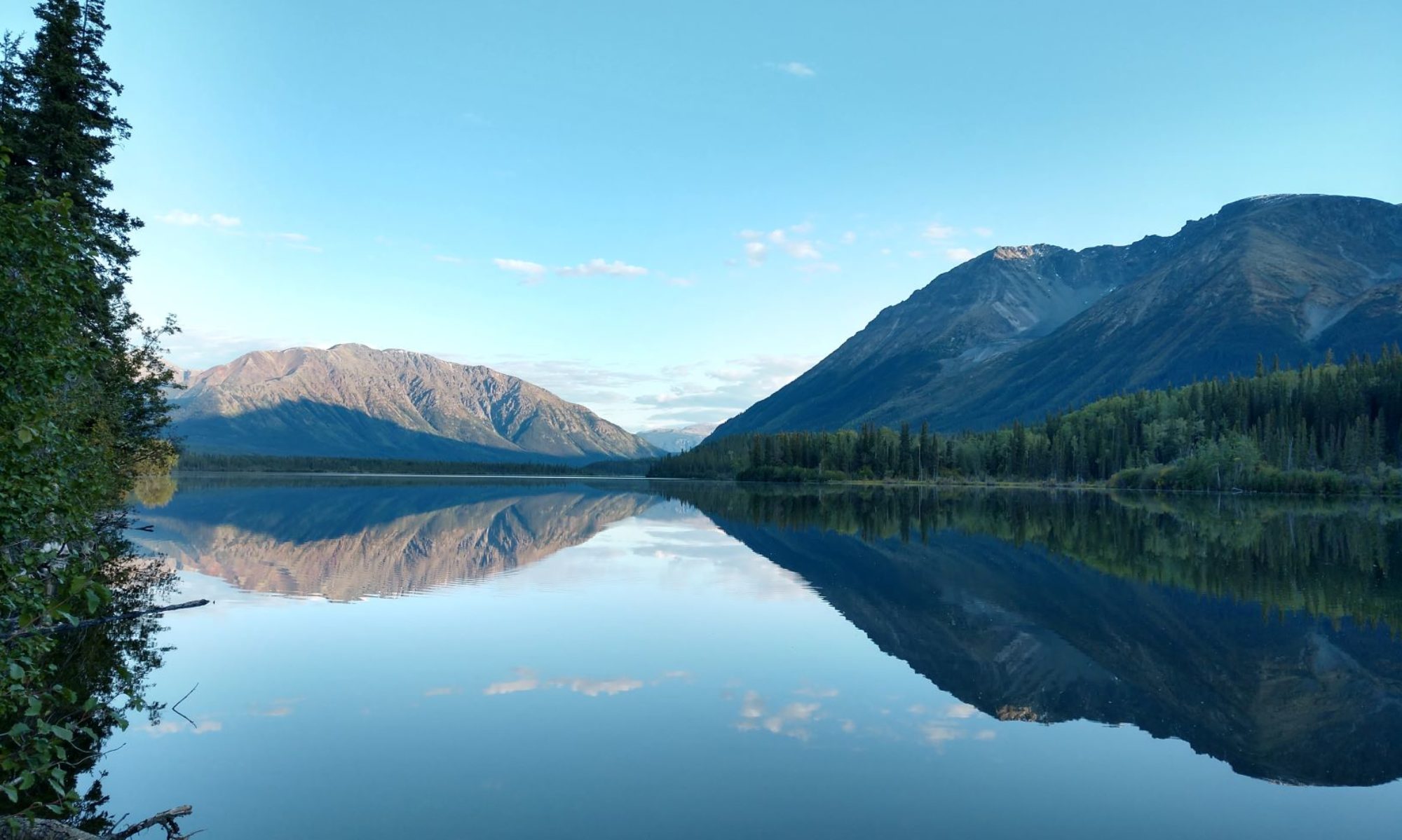Time has been kept locally for thousands of years, as long as we have been keeping track of time, from the days of shadows and sundials. When the sun is at its highest point, call it noon. When portable timekeeping came into play, in maybe the 1500s, when traveling, those portable clocks had to be reset for local time at every location. That wasn’t much of a problem until the late 1800s; that’s when trains came into popular usage. Every location keeping track of its own time didn’t really work for train schedules, so time zones were instituted. Divide the globe into 24 roughly equal one-hour slices and there we have it. At the sun’s highest point in the sky, in the middle of each zone, it will be noon (roughly). East and west of center, in every time zone, noontime won’t correlate exactly with the clock, it will be plus or minus a rounding error. Close enough.














